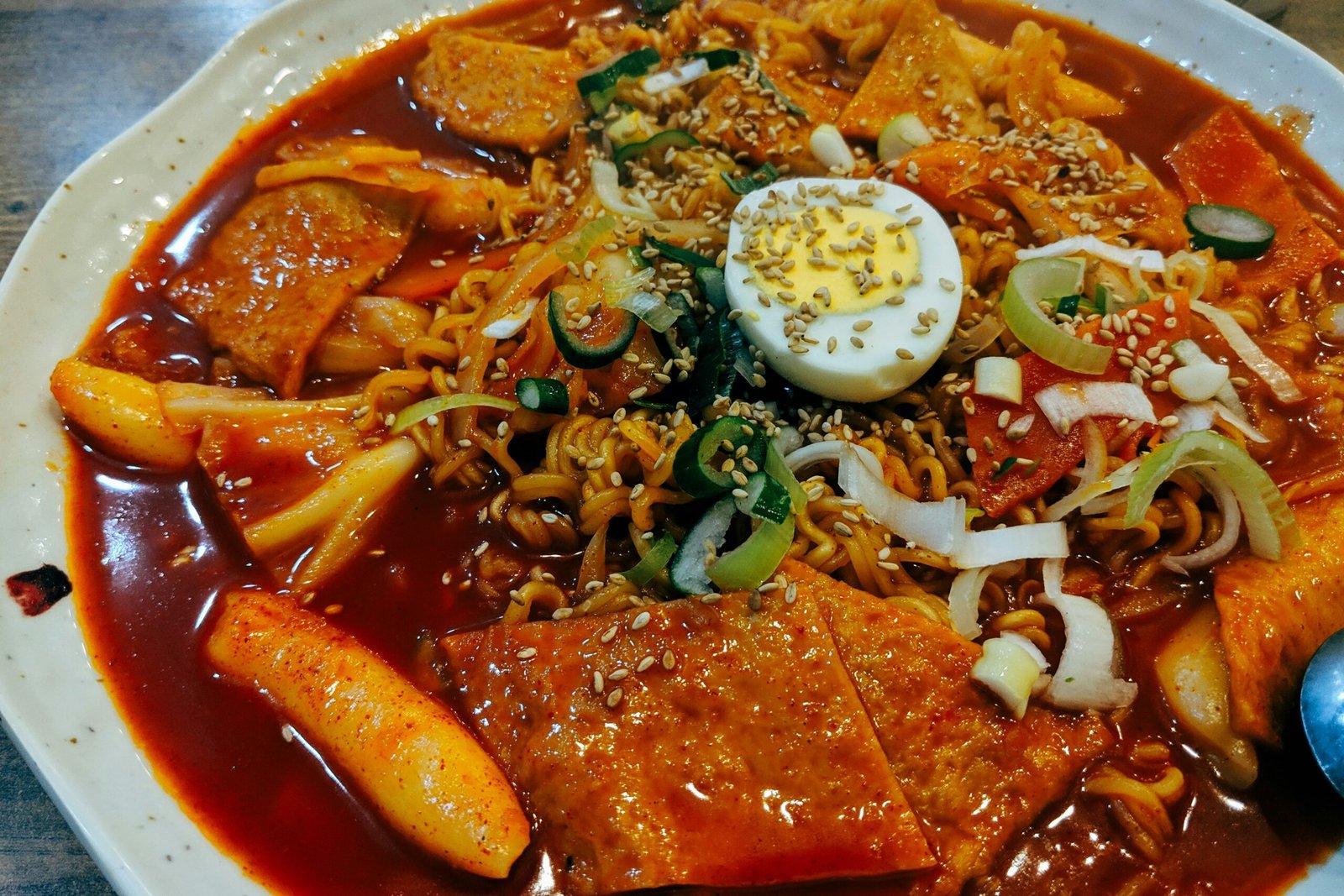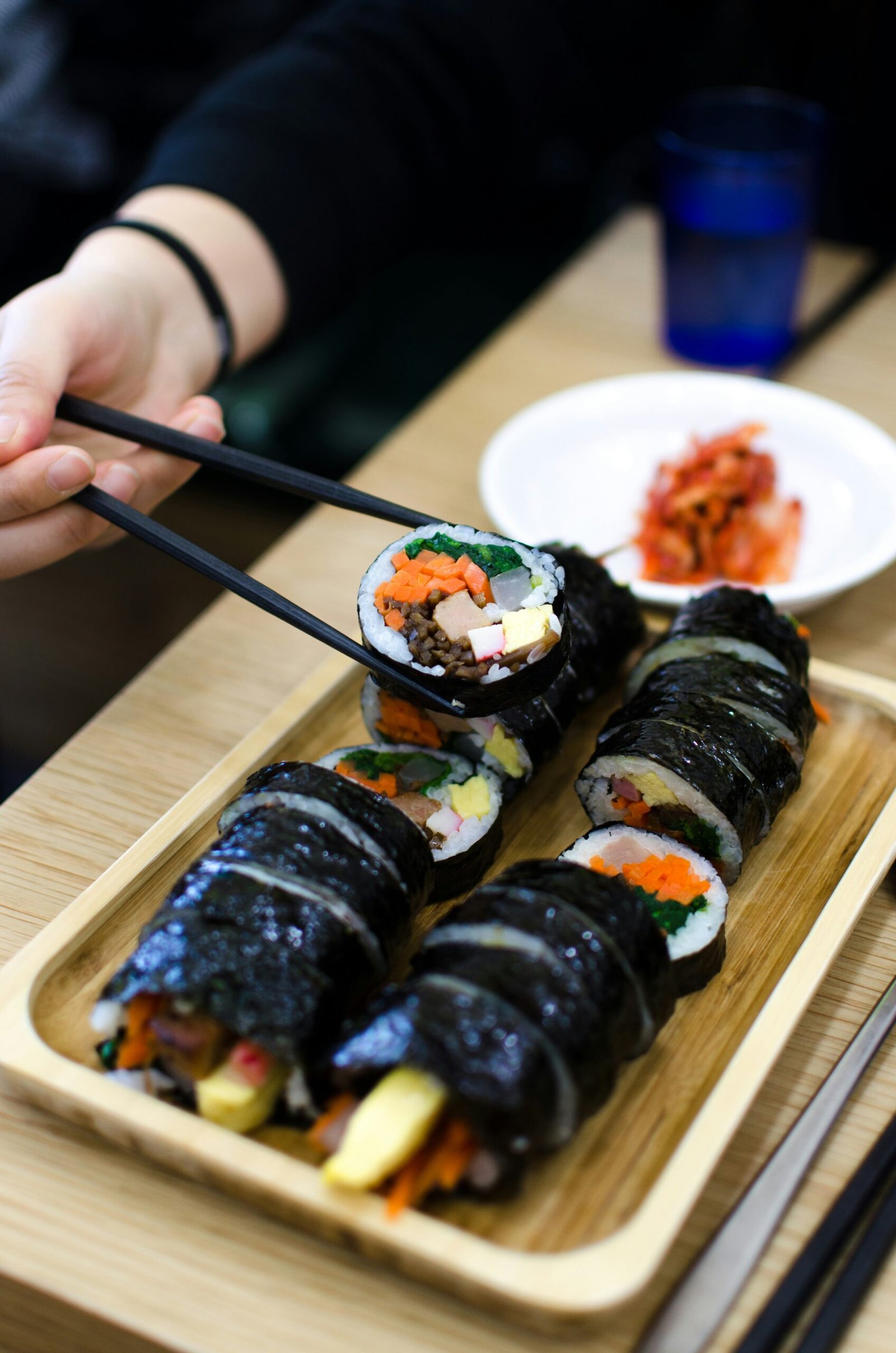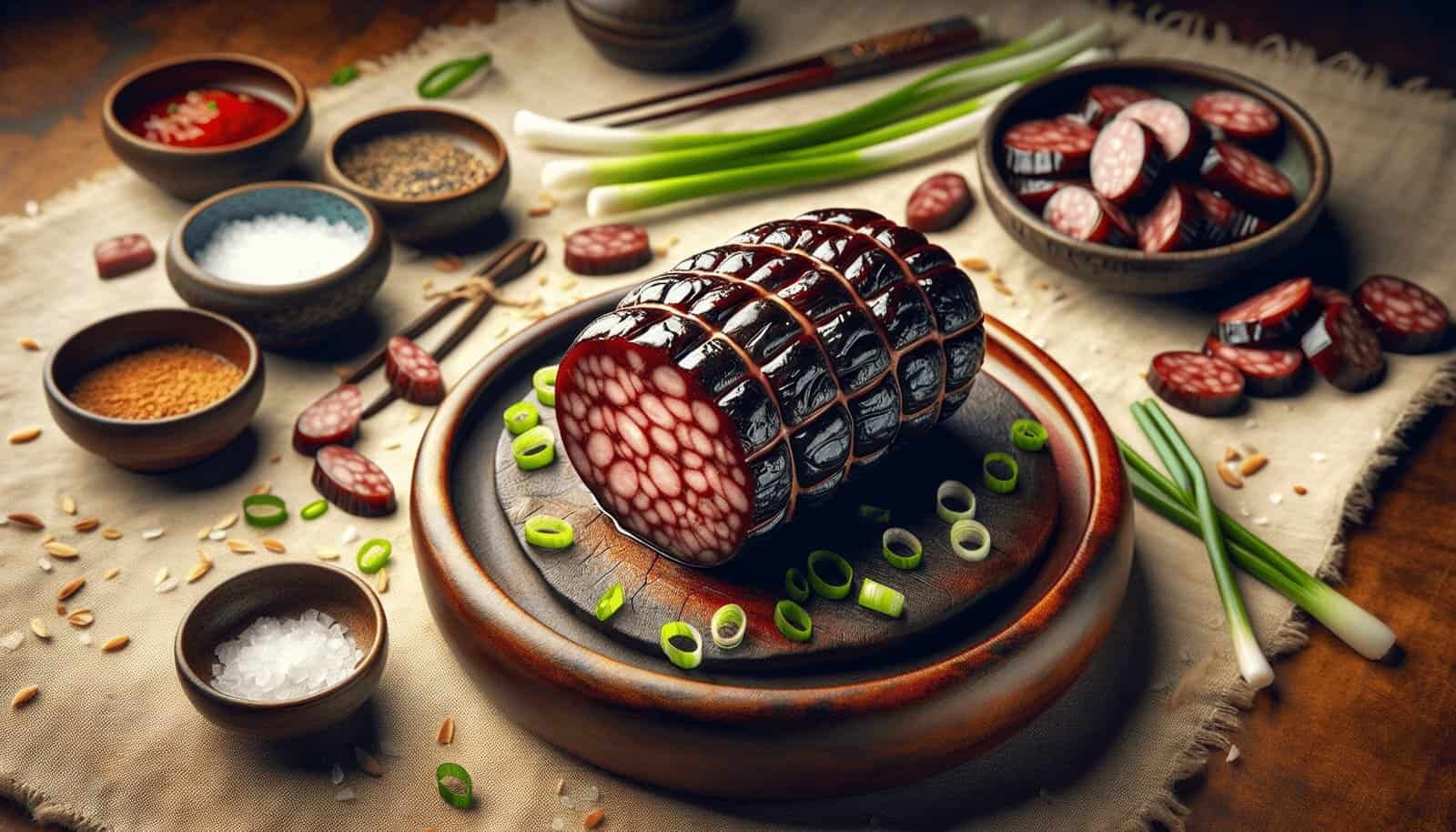If you’re ready to dive into the mouthwatering world of Korean cuisine, learning how to properly prepare and serve traditional Korean blood sausage, or soondae, is a fantastic place to start. This beloved dish combines the richness of pork blood with a mix of glass noodles, barley, and various seasonings encased in a natural sausage casing. Whether you’re making it from scratch or purchasing it pre-made, understanding the art of steaming the sausage to perfection and complementing it with classic dips like salt and a bit of crushed garlic will elevate your culinary adventure. So, let’s roll up your sleeves and get ready to savor the authentic flavors of this unique Korean delight! How Do You Properly Prepare And Serve Traditional Korean Blood Sausage (soondae)?
Have you ever wondered about the intricacies of preparing and serving traditional Korean blood sausage, known as soondae? This delightful dish might seem a bit intimidating at first, but with the right steps and a bit of insider knowledge, you can master this Korean culinary art and surprise your friends and family with a unique, tasty treat.
What Is Soondae?
Soondae (순대), often referred to as Korean blood sausage, is a type of Korean street food that’s enjoyed in many regions of Korea. It’s made from pig’s intestines stuffed with a variety of ingredients, typically including pig’s blood, rice, and various seasonings. The ingredients can vary depending on the region and personal tastes, making each soondae unique.
Origins of Soondae
The origins of soondae date back centuries to the Goryeo Dynasty (918–1392). Initially, this dish was a luxury reserved for royal feasts, but it gradually became more accessible to common folk. Today, it’s a beloved street food found in markets and specialized soondae restaurants across Korea.
Ingredients for Making Soondae
You’ll need a few specific ingredients to make authentic soondae. While some can be found at your local Asian grocery store, others might need a bit of searching or online ordering. Here’s a breakdown of the essential components:
| Ingredient | Description |
|---|---|
| Pig’s Intestines | Cleaned and prepared for stuffing |
| Pig’s Blood | Fresh, from a butcher or specialized store |
| Glutinous Rice | Sticky rice that helps bind the ingredients |
| Dangmyeon | Glass noodles made from sweet potato starch |
| Various Seasonings | Salt, pepper, garlic, green onion, sesame oil |
| Vegetables and Aromatics | Perilla leaves, garlic chives, Korean chives, and other herbs |
Substitutions and Variations
While traditional recipes call for pig’s blood and intestines, modern variations can include squid, seafood, or even vegetarian versions using tofu and other plant-based ingredients. Feel free to adapt the recipe to suit your dietary preferences or ingredient availability.

Preparing the Ingredients
Before you begin assembling your soondae, it’s important to thoroughly prepare each ingredient for optimal flavors and textures.
Cleaning the Pig’s Intestines
Cleaning the pig’s intestines properly is crucial. They need to be thoroughly washed to remove any odors. Here’s a step-by-step guide:
- Rinse: Rinse the intestines under cold water.
- Salt Scrub: Rub them with coarse salt to remove any residue and slime.
- Vinegar Bath: Soak in a solution of water and vinegar for about 30 minutes to further neutralize any odors.
- Rinse Again: Rinse thoroughly with cold water.
Preparing the Stuffing
While the intestines are soaking, you can prepare the stuffing:
- Cook the Rice: Cook the glutinous rice as per package instructions.
- Soak the Dangmyeon: Soak the glass noodles in warm water until they are soft, then cut them into smaller pieces.
- Mix Ingredients: Combine pig’s blood, cooked rice, soaked dangmyeon, chopped garlic chives, green onions, perilla leaves, and seasonings in a large bowl. Mix thoroughly until all ingredients are well incorporated.
Adjust Seasoning
Taste the mixture (a small amount, please!) to adjust seasoning. You might want to add more salt, pepper, or garlic, depending on your preference.
Assembling the Sausage
Now comes the fun part – stuffing the sausages. This step requires patience and care.
Stuffing Process
- Prepare Intestines: Tie off one end of each intestine with kitchen twine to prevent leakage.
- Fill: Using a funnel or your hands, gently stuff the intestine with the prepared filling. Be careful not to overfill as the intestines will expand slightly during cooking.
- Tie Off: Once filled, tie off the other end securely.
Piercing the Sausages
To prevent the sausages from bursting during cooking, use a toothpick or small skewer to pierce them at intervals. This allows steam to escape while maintaining the sausage’s structure.

Cooking the Soondae
Cooking soondae can be done in various ways but boiling is the most traditional method.
Boiling Method
- Boil Water: Bring a large pot of water to a rolling boil.
- Add Sausages: Gently lower the sausages into the boiling water.
- Simmer: Reduce the heat to a simmer and cook for about 30-40 minutes.
- Check for Doneness: The sausages are done when they are firm to the touch and the filling is fully cooked.
Alternative Cooking Methods
Some prefer to steam the sausages, which can help retain more of the flavor and nutrients. Simply place them in a steamer over boiling water and cook for 40-50 minutes. Grilling or pan-frying can add a delightful crispiness to the sausages, but make sure they are fully cooked beforehand.
Serving Soondae
Serving soondae can be as simple or elaborate as you desire. It’s traditionally enjoyed with dipping salts and condiments to enhance its flavors.
Traditional Dipping Salts and Sauces
Here are some traditional options to serve alongside your soondae:
| Condiment | Description |
|---|---|
| Salt and Pepper Mix | A simple blend of salt and black pepper. |
| Gochujang Sauce | Spicy Korean chili paste for an extra kick. |
| Soy Sauce Mixture | A mixture of soy sauce, vinegar, and sugar for a balanced, tangy taste. |
| Sesame Oil with Salt | A blend of sesame oil and salt for a nutty flavor. |
Side Dishes (Banchan)
Soondae is often served with an array of banchan, which are small side dishes that complement the main dish. Popular choices include:
- Kimchi: Fermented vegetables, mainly cabbage, that add a spicy, tangy contrast.
- Pickled Radish: Sweet and sour pickled radish slices.
- Sigeumchi Namul: Blanched spinach seasoned with sesame oil and garlic.
Assembly of the Plate
When plating soondae, you can slice it into bite-sized pieces for easy eating. Arrange the slices on a serving platter and place the dipping sauces and side dishes around it. Garnish with chopped green onions or sesame seeds for a finishing touch.

Tips for Perfecting Soondae
Here are a few extra tips to ensure your soondae is a hit:
- Consistency of Filling: Make sure the filling isn’t too wet or dry. It should be sticky and cohesive.
- Temperature Control: Maintain a steady simmer while boiling to prevent the sausages from bursting.
- Piercing: Don’t forget to pierce the sausages to allow steam to escape and prevent bursting.
- Fresh Ingredients: Use the freshest ingredients possible for the best taste.
Pairing Soondae with Drinks
Pairing soondae with the right drink can enhance the dining experience. Traditionally, soondae pairs well with soju, a clear distilled alcoholic beverage not too different from vodka but with a sweeter note.
Drink Suggestions
Here are some drink suggestions that complement soondae:
| Drink | Description |
|---|---|
| Soju | Clear, slightly sweet alcoholic beverage popular in Korea. |
| Makgeolli | Traditional Korean rice wine, slightly sweet and tangy, often served chilled. |
| Beer | Light beers that clean the palate between each savory bite. |
| Korean Plum Wine | Sweet and tart wine that balances the richness of the sausage. |

Conclusion
So there you have it – a comprehensive guide to preparing and serving traditional Korean blood sausage, soondae. While it might seem a bit daunting at first, breaking it down into these manageable steps can make it a fun and rewarding culinary adventure. Whether you’re a seasoned cook or a curious foodie, trying your hand at soondae can be an exciting way to explore Korean cuisine.
Invite friends and family over for a soondae-making party, and you’ll not only share a delicious meal but also the joy of creating something truly unique. Enjoy your culinary journey, and most importantly, enjoy your soondae!
